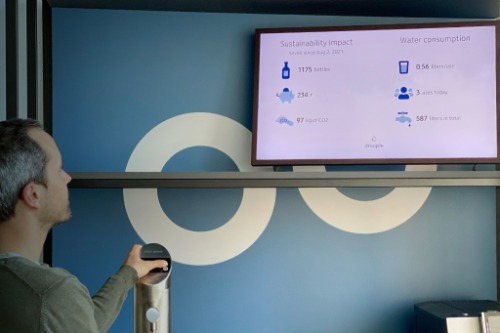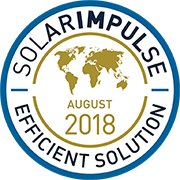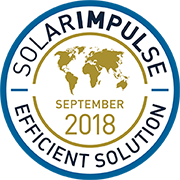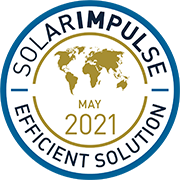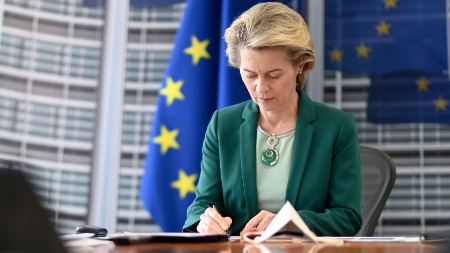Insights - November 11, 2025
Energy Efficiency: The Untapped Trillion-Dollar Opportunity Lying in Plain Sight
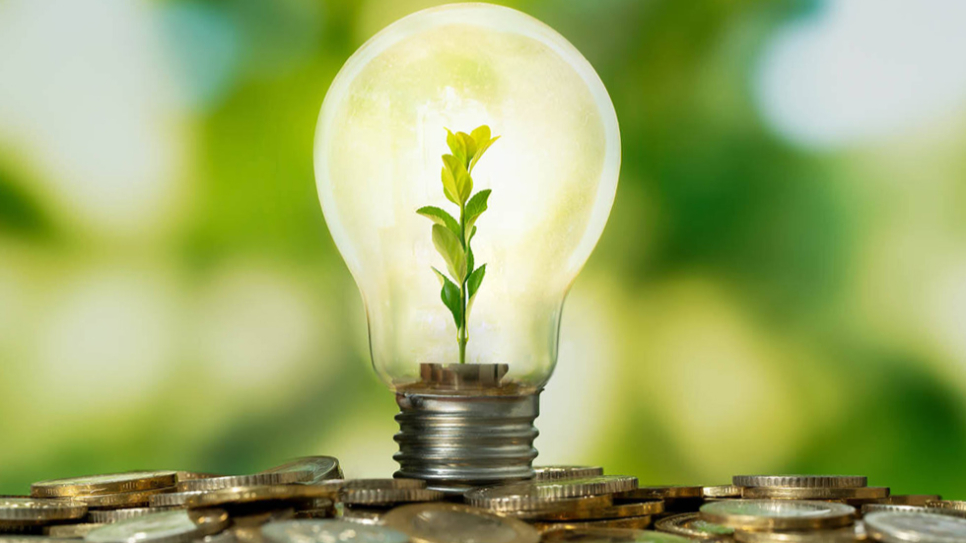

Written by Malena Schmidt 6 min read
Every year, two-thirds of the world’s energy is lost before it powers a single machine, lights a single room, or moves a single vehicle (UNDP). This isn’t just an environmental crisis, it’s an economic absurdity. While policymakers and businesses pour billions into energy production, the vast majority of it slips through the cracks of outdated systems, inefficient processes, and unmodernised infrastructure.
What if the key to stronger economies, lower emissions, and greater energy resilience wasn’t only generating more power, but generating cleaner power and using it more efficiently?
Welcome to the age of energy efficiency: not a futuristic dream, but a practical, proven lever for transformation, while quietly saving money, slashing carbon, and powering progress across industries. And yet, it remains astonishingly overlooked.
The New Narrative
Energy efficiency doesn’t demand sacrifices. It doesn’t ask us to live smaller lives or compromise comfort. At its core, it’s about delivering the same or better services, while using significantly less energy. That means cutting waste, not corners.
This is not about scarcity. It’s about intelligence.
From smart logistics that eliminate empty truck miles, to industrial motors that run at optimal speeds, to buildings that retain heat instead of leaking it through poor insulation, the potential is everywhere. In fact, implementing currently available efficiency measures could account for up to 40% of the emissions reductions needed to meet the Paris Agreement goals, while creating up to 10 million jobs by 2030 (UNFCCC).
And the return on investment? Every €1 spent on energy efficiency yields €4-5 in benefits, from reduced energy bills to productivity gains (OECD).
Efficiency in Action: 5 Illustrative Examples across 5 Key Sectors
Mobility Sector
Norwegian Airlines has enhanced fuel efficiency and reduced CO₂ emissions by implementing SkyBreathe®, a cloud-based solution that leverages big data to optimise fuel usage. Since 2019, the airline has decreased fuel consumption by 2%, saving over $13 million and avoiding 60,600 tonnes of CO₂ in 2023 alone. This highlights how smart, data-driven technologies in aviation can simultaneously lower costs and support environmental goals.
Industry Sector
Villeroy & Boch has improved energy efficiency by integrating Eco-Tech Ceram’s waste heat recovery system, which captures and redistributes heat from industrial processes. In place since May 2023, the solution has saved approximately 4.7 GWh of energy annually, equivalent to €235,000 in cost savings, while reducing emissions through the substitution of fossil fuels. This illustrates the value of transforming industrial waste heat into a sustainable energy resource.
Buildings Sector
At UIMM Bruges, the R’ Booster© façade-integrated solar heating system has significantly improved heating performance. By converting south-facing building cladding into an active solar radiator, the retrofit reduced winter gas consumption by 80% in 2023. The system delivered monthly energy savings of 4.5 MWh, improved indoor comfort, and substantially cut energy expenses.
Water Sector
AXA has optimised water and energy use at its Paris headquarters with Droople’s Water Intelligence Platform, an IoT and AI-powered solution that tracks and improves water consumption. In 6 months, this initiative led to savings of nearly €224,000, avoided 447,360 kWh of energy, and preserved over 2 million litres of drinking water. This demonstrates the profound impact of intelligent water management on both sustainability and operational costs.
Energy Sector
Services Industriels de Genève (SIG) has increased the reliability and resilience of its power grid by deploying Zaphiro’s Distribution-Phasor Measurement Units. These digital sensors provide real-time grid visibility and enable fault prediction before disruptions occur. Since October 2024, the technology has enhanced fault detection, reduced downtime by several hours, lowered operational costs, and supported the integration of renewable energy sources more efficiently.
Unlocking Finance: Making the invisible bankable
We’re not lacking technology. We’re lacking deployment. The real barriers lie not in science but in perception: outdated financial models, slow policy adaptation, and a branding problem that has long cast energy efficiency as unglamorous or invisible.
In reality, it’s the invisible nature of efficiency that makes it so powerful. Unlike power plants or solar farms, energy efficiency doesn’t build monuments, but makes existing systems smarter. That makes it harder to see, but far easier to scale. And with the right financial tools, performance-based contracts, blended finance, and one-stop-shop project support, efficiency becomes irresistible to investors and governments alike.
By converting upfront costs into service agreements or operational savings, companies can unlock efficiency without massive capital outlays. By aggregating projects into portfolios, risks can be reduced and returns enhanced. And by insuring outcomes, performance becomes bankable.
________________________________________
A Strategic Imperative, Not a Side Project
Europe has already seen the benefits of efficiency at scale. Energy intensity improvements jumped to nearly 2% in 2022, up from less than 0.5% in the previous two years, but this is still only half of the 4% annual progress needed this decade to meet the Net Zero Scenario (IEA).
In a world grappling with energy price volatility, geopolitical tension, and rising climate impacts, energy efficiency is no longer a “nice to have”. It’s a competitive advantage. It’s a resilience strategy. It’s a moral and economic imperative.
Efficiency Isn’t the Footnote. It’s the Foundation.
This is not about tinkering at the edges. It’s about embracing a new mindset: one where progress is defined not by how much we consume, but by how cleverly we use what we already have. And best of all? We don’t need to wait. The tools are here. The solutions are proven. The only missing element is our collective will to act.
This article is an invitation to dive deeper. Our joint publication with the European Commission "ENERGY €FFICI€NCY: The Silent Money Maker" has just been released. It outlines solutions, case studies and investment mechanisms that can help accelerate this transformation.
Let’s stop losing two-thirds of our energy and start gaining all the value we’ve been leaving on the table.

Written by Malena Schmidt on November 11, 2025
